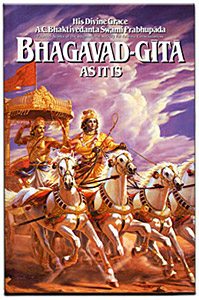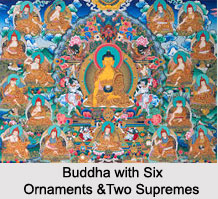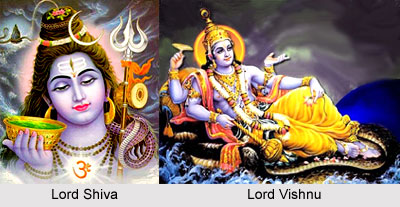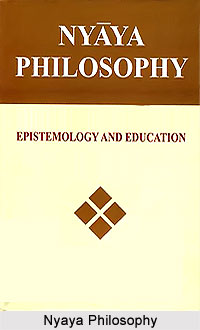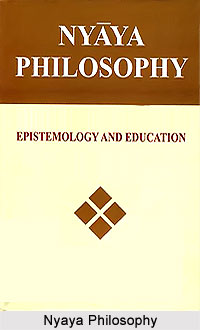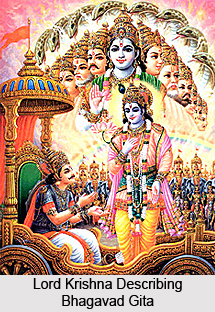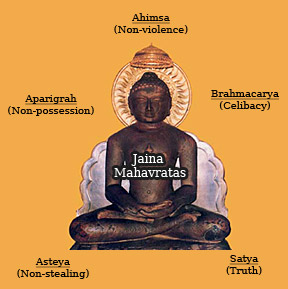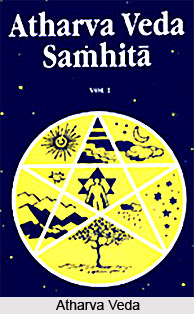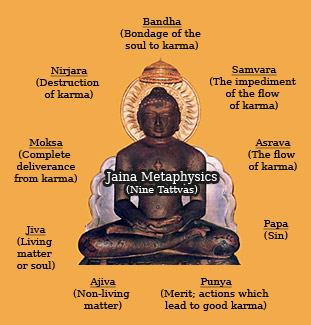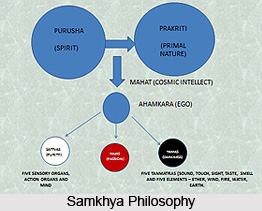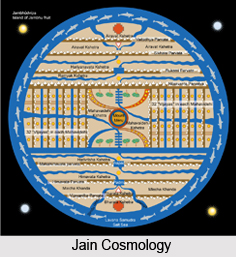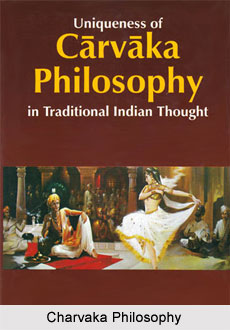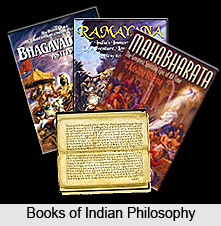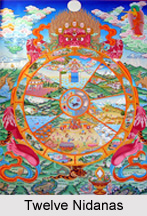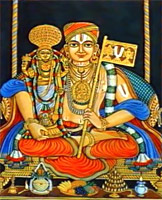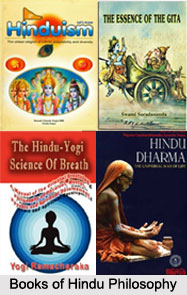 Certain documents have come from a remote antiquity in which lies the sources of Hindu philosophy. It contains various systems of philosophical thought. A Hindu concentrates his homage and adoration on each of the four Vedas. The Vedas constitute three parts - Mantra, Brahmana and the Upanishads. The hymns and prayers make up the Mantra division; and the ceremonial directories constitute the Brahmana portion and the Upanishad embodies the philosophy by which the meaning of the hymnology and the ritual are interpreted.
Certain documents have come from a remote antiquity in which lies the sources of Hindu philosophy. It contains various systems of philosophical thought. A Hindu concentrates his homage and adoration on each of the four Vedas. The Vedas constitute three parts - Mantra, Brahmana and the Upanishads. The hymns and prayers make up the Mantra division; and the ceremonial directories constitute the Brahmana portion and the Upanishad embodies the philosophy by which the meaning of the hymnology and the ritual are interpreted.
In the Upanishads Man is represented as sacrifice, and the different stages of his life are also enumerated. It is said that in the first twenty-four years of his life he is under the special protection of the fire-gods. During the period between twenty-fourth and the forty-fourth year his presiding deities are the storm-gods. Between the forty-fourth and the eighty-fourth year of his life he is under the guidance of the sun-gods. The closing period extending from the eighty-fourth to the one hundred and sixteenth is represented as the evening sacrifice. It is also stated that the person will live for one hundred and sixteen years if he knows the significance of the first three periods of life.
Rig Veda, Yajur Veda, and Sama Veda have many references to various rituals. Atharva has also references but less often. The treatises are undeveloped and lack system. The four castes are mentioned definitely however they do not appear separate from the other. The age depicted in the Upanishads is an age of inquiry and much more matured. The gods worshipped were originally natural forces. The belief in the current creed and current forms of worship was very strong in the most thoughtful minds then. The notion is that the form of religion inculcated in the Upanishads is pure and inspiring theism. Their contents are mixed in nature. The various isms that flourished can be attributed to the Upanishads. These books have maintained an acknowledged swing over the Indian intellect for more than two millenniums. Other rival systems also derive their phraseology, thought, reasoning from these treatises. The cosmogonies embodied in the Upanishads support nihilism and materialism and pantheism. In the last four Upanishads appears the concept of Pantheism.
These texts do mention about human duty and its consequences. Some forms of the Trinity have been at the bottom of the varied systems of religion which have won and lost dominance in India. All the types of Upanishads excepting the Svetasvatara Upanishad cannot be properly represented as a source of Hindu Philosophy. All these treatises show a marked advance on the modes of thought and reasoning. The style is less extravagant and less burdened, with incongruous metaphors and allegories and irrelevant matter. The minor Upanishads set a great value on ascetic renunciation, mortification, and penance. The advanced stage of asceticism is also indicated in these treatises. The cosmogonies presented in the smaller Upanishads indicate a gradual progress from the absurd fancies of the larger Upanishads toward what was elaborated in the Vedantic school.
Brahma according to the philosophy of these records cannot be defined. The solution of the problems mentioned in these treatises is that there is one divine being who is manifested in various forms spiritual and material forms.


